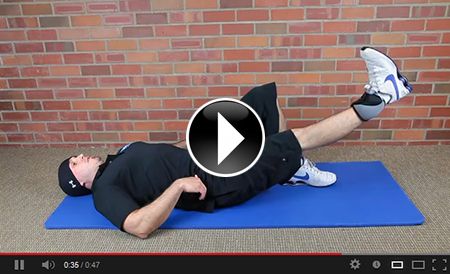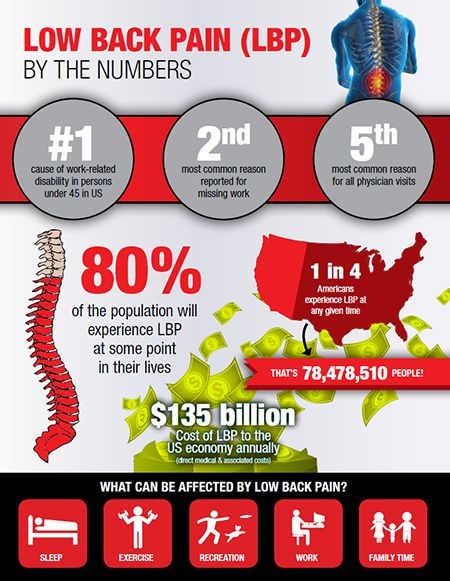 |
July 2013 E-Newsletter

|
 |
 |
Strengthening to Help Manage Knee Pain
|
 |
 |

By: Laura Evans PT, DPT
Clinic: Sherwood Physical Therapy
Published By: Reflex on 6/4/13
Strengthening your knee muscles can help to reduce joint pain and increase function. That’s because stronger muscles are better able to absorb the pressure placed on the joints in weight bearing. In fact, strengthening is beneficial to individuals at any stage of knee osteoarthritis and all levels of physical fitness when performed without pain.
The quadriceps in the front of the thigh and the hamstrings in the back are important to knee strength and preservation of joint health. When you walk or run or do anything weight-bearing, the quads absorb the shock. The stronger your quads are, the less load that gets transferred into the joint.
Individuals with osteoarthritis who are consistent with strengthening programs have been shown to have less pain and an improved quality of life.
How you build your quad strength depends on your current pain levels, strength, and physical fitness which can be evaluated by a physical therapist. A physical therapist can perform an evaluation including strength and flexibility of the entire lower body and provide an individualized program. Some common exercises include: tightening your quads with your leg out in front of you and leg raises. As your knee joint symptoms allow and strength improves, you’ll progress to standing exercises such squats, steps and lunges.
Supine Straight Leg Raises Hip Strengthening - Click to View

Many people often don’t know that strengthening takes consistency of daily exercise for four to six weeks before you can expect to see the benefits. Once daily exercises for four to six weeks are completed consistently without pain, then you can move to rigorous exercises two to three times a week, but you can never go back to a sedentary lifestyle. A sedentary lifestyle doesn’t help to restore cartilage. So if you stop, you will go back to the way you felt before.
|
 |
 |
 

|
 |
|
 |
A Look at the Low Back and Low Back Pain
|
 |
 |
Your spine (or backbone) runs from the base of your skull to your pelvis. It serves as a pillar to support the body’s weight and protect the spinal cord. Made up of 24 bony vertebrae stacked on top of each other, the spine forms a gentle “s” curve to help withstand great amounts of stress by providing a more even distribution of body weight.
The lumbar spine (low back) usually consists of five vertebrae,
numbered L1 to L5 (some people have a sixth lumbar vertebrae). This section of the spine, which connects the thoracic spine (mid back) and the pelvis, bears the bulk of the body’s weight. Your lumbar spine is at work when you bend, stoop, sit, and lift. Because of the large amount of stress placed on this portion of the spine, it is more commonly affected by pain and injury.

If you have ever experienced low back pain, you certainly are not alone. Low back pain is so common that 80% of individuals will experience it sometime in their lives. At any given point in time, 1 in 4 people are experiencing low back pain.
Low back pain can be broken up into 3 different categories; acute, recurrent, and chronic. Acute low back pain is the most common and comes on suddenly, typically lasting less than 3 months. Recurrent low back pain occurs with frequent episodes of acute low back pain. Chronic low back pain typically lasts longer than 3 months.
Low back pain often occurs due to overuse, strain,or injury. Overuse can be caused by too much bending, twisting, or lifting, and sometimes by too much sitting. Strains are caused by either too much force or the use of improper body mechanics. Just as often, however, the actual cause of low back pain isn’t known.
Low back pain doesn’t have to affect your daily life. In fact, people who see a physical therapist for their low back pain are less likely to miss out on the things they love to do in life.
Our current issue of Therapeutic Outlook magazine is designed to help you understand low back pain and provide the strategies you need to manage and even prevent it. You will also see how evidence-based physical therapy treatment can reduce pain and return you to normal activity without the need of painful surgery and without the side effects of prescription medication.
CLICK TO DOWNLOAD OUR THERAPEUTIC OUTLOOK MAGAZINE
LOW PACK PAIN REVOLUTION - SPECIAL EDITION (PDF)
|
 |
 |
 

|
 |
|
|
|
|

